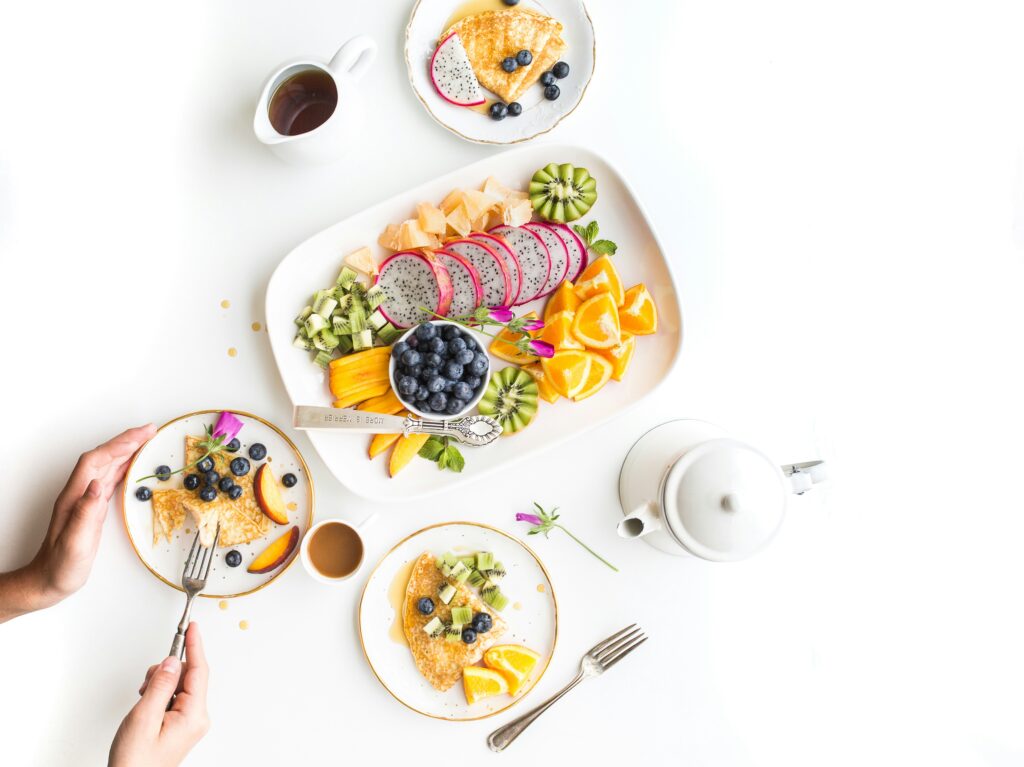California Bans Artificial Food Dyes, As a further step towards enhancing children’s health and learning environments, Governor Gavin Newsom of California signed a new bill into law, which effectively banned certain artificial food dyes from K-12 schools from 2028 onward. California remains the vanguard in efforts to minimize exposure to harmful chemicals in children’s lives.
Six synthetic dyes to be restricted by 2028
By 2028, six of the most ubiquitous food dyes–Blue 1, Blue 2, Green 3, Red 40, Yellow 5, and Yellow 6–will be phased out from foods sold on school campuses. These researchers have long linked these vibrant colours to behavioural and attention problems in children. Synthetic dyes have been known to cause hyperactivity and difficulty concentrating and schools became a prime battleground for reducing exposure.
Melanie Benesh is the vice president of government affairs with the Environmental Working Group. She said, “The reason it makes sense to focus on schools is that’s where a lot of those behavioural and hyperactivity issues are going to compound. If you know there are kids in these schools that have a sensitivity to these dyes, then you are not creating the most conducive learning environment.”
Growing Controversy Surrounding Artificial Food Dyes
Artificial food colouring manufacturing has skyrocketed in the U.S. since the 1930s when the FDA established its first guidelines and regulations for colouring. Early testing suggested that synthetic dyes were harmless, but new tests now give reasons for alarm. The new findings associate the consumption of foods containing synthetic dyes with behavioural disorders and other issues at a much lower concentration than the FDA permits.
A 2021 report by the California Environmental Hazard Research Agency revealed that most of the original studies conducted by the FDA were devoid of neurological investigations, but those that did frequently went deeper into their toxic effects, such as weight gain or impaired liver function. Truly recent examinations prove that food dyes may seriously affect children’s behaviour, drawing criticism from experts.
“We all agreed that the weight of evidence supported an association and that the current acceptable daily intakes for some of the dyes set by FDA may not adequately protect against behavioural or neurobehavioral outcomes,” said Asa Bradman, a public health professor at UC Merced who worked on the state’s assessment.

Industry Reaction to the Ban of Artificial Food Dyes
Of course, the food industry has pushed back against the new rules. Food packagers complain that food safety should be under the purview of the FDA, not states. Said John Hewitt, Senior Vice President at the Consumer Brands Association, “The approach taken by California politicians ignores our science and risk-based process and is not the precedent we should be setting when it comes to feeding our families.”
Still, Bradman and others are unconvinced. Where the food industry points to old studies, new research is emerging, showing that such dyes may be causing a behavioural impact on children at much lower doses than previously thought.
Why Children Are Most Vulnerable to Artificial Food Dyes
Children are more vulnerable to the adverse effects of food dyes since their body weights are lower and their brains are still developing. They are also inclined to consume the most highly synthetic-dye foods and beverages —consider juices, sodas, and coloured candies. Even many over-the-counter medications, such as cough syrup and vitamins, contain some form of these dyes, thereby exposing kids to them.
Age, race and socioeconomic status also influence the individual’s susceptibility. According to various studies, Black children and women of childbearing years consume the most amount of food colouring; therefore, they are the most vulnerable to potential health effects.
A Step Towards Healthier Schools
The new legislation is not only to ban injurious dyes but to force schools towards proper food items. Most schools have been and are promoting programs that help remove junk food from the menu, and this new law will push schools toward even healthier food programs.
Bradman said it best when he said: “The foods that contain the most dye are poor-quality junk food. This legislation would help encourage schools to serve even healthier foods.”
Leading the Nation in Child Health
California is once again at the leading edge when it comes to protecting its youngest people. That’s according to Assemblyman Jesse Gabriel, who wrote the bill now that it has passed the Legislature. “California is once again leading the nation when it comes to protecting our kids from dangerous chemicals that can harm their bodies and interfere with their ability to learn,” he said.
Although the federal safety standards have yet to be updated, other state legislatures are considering similar bills. The above step by California will stay as a bold and singular effort at healthier environments in schools free of artificial dyes on food.
The promise that comes with this legislation within the next years such that 2028 is at an arm’s length is to rejuvenate the health of children in California but a new standard was set for schools across the nation.
Read more about Who Is Brittnee Dancho? The Search for a Missing Salisbury Mom







